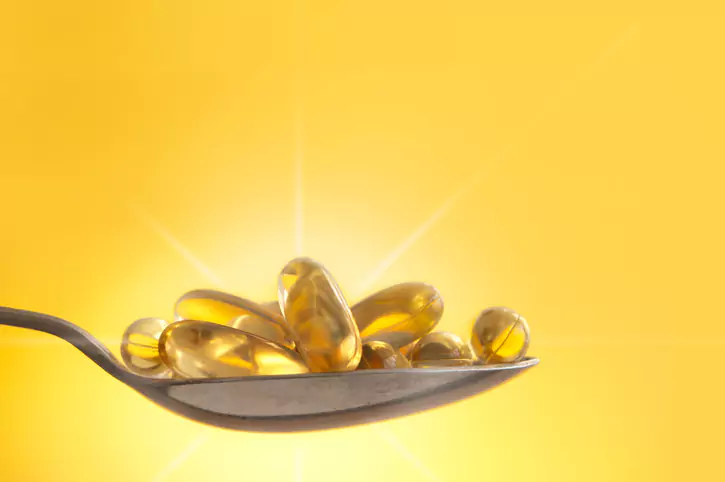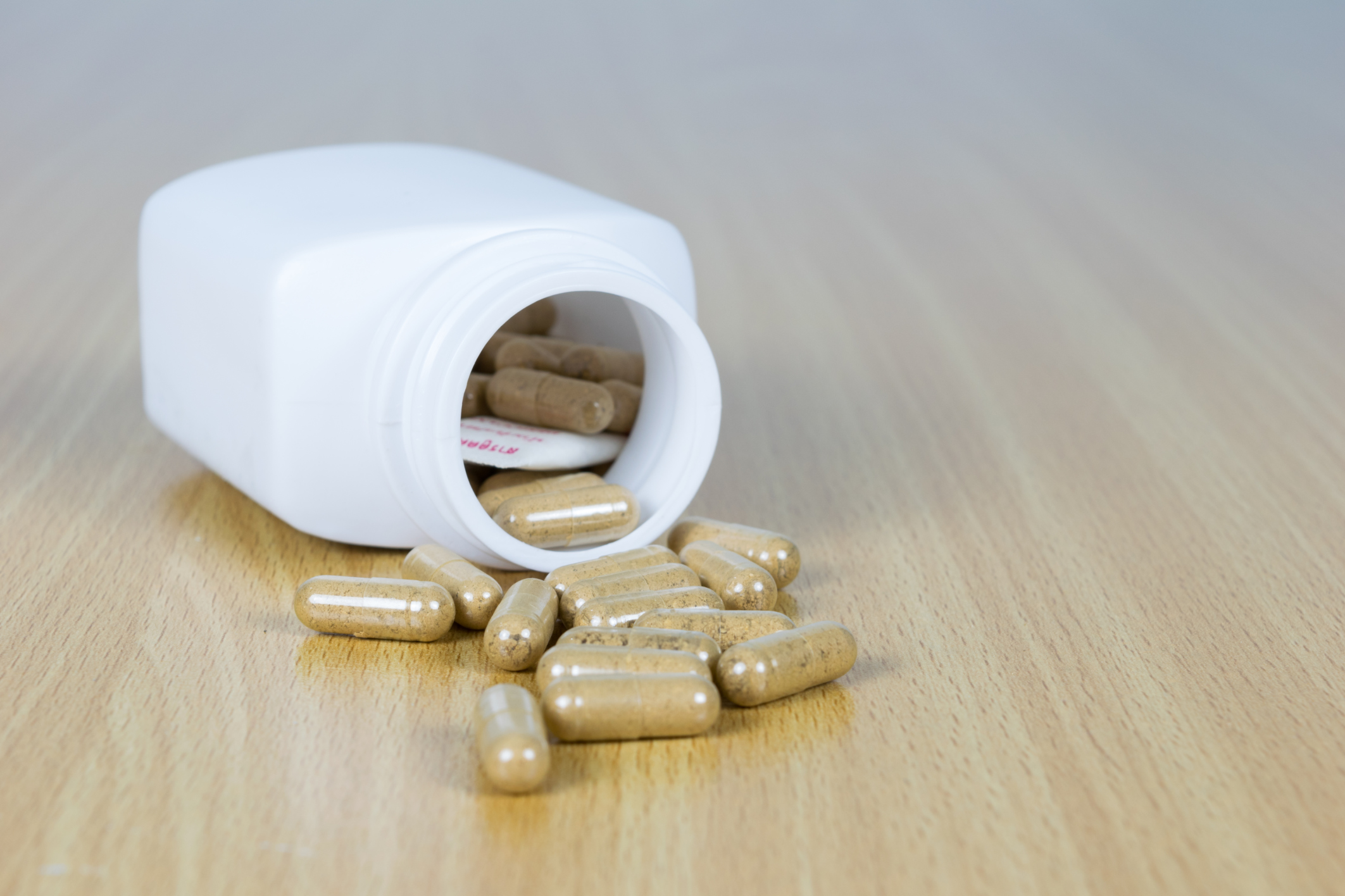




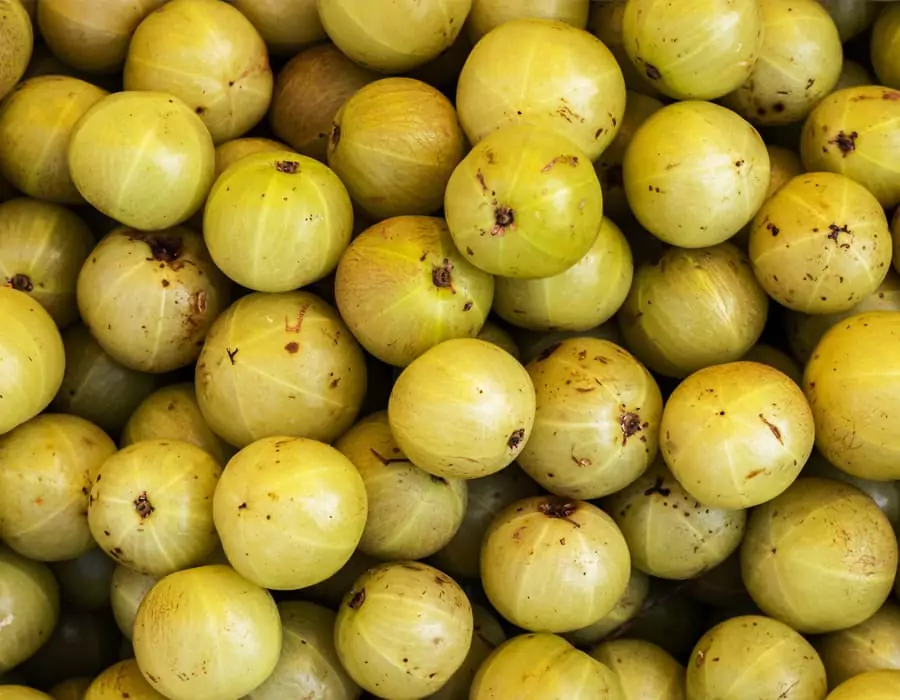
How Can Amla (Indian Gooseberry) Help Blood Sugar Control and Diabetes


Table of Contents
- Everything You Need to Know About Amla (Indian Gooseberry)
- What is Amla (Indian Gooseberry)?
- Are Amla and Indian gooseberry the same?
- Nutritional Facts
- Can Indian Gooseberry/Amla Help Diabetic Patients?
- How Much Amla (Indian Gooseberry) Can I Take?
- What Are Its Side Effects of Amla (Indian Gooseberry)?
- What Happens if You Eat Amla (Indian Gooseberry) Daily?
- Indian Gooseberry as an Antioxidant
- Indian Gooseberry/Amla is an Anti-Inflammatory Plant
- Indian Gooseberry is an Antidepressant
- Amla is an Anti-Neoplastic/Anti Cancer
- Indian Gooseberry is an Anti-Lipidemic/Anti Cholesterol
- Conclusion
Everything You Need to Know About Amla (Indian Gooseberry)
Emblica officinalis, or Amla, is perhaps one of the most sought-after medicinal berries throughout India. More commonly known as Indian Gooseberry, this fruit-bearing plant is said to be the first-ever tree to grow on earth through the meditation and tears of Brahma. Because of the folklores that were passed from one generation to the next, Indian Gooseberry has been known as an extraordinary berry with broad and potent healing effects when taken.
Users have also called its healing powers “sarvadosha hara," which translates as removing all the diseases. Indian Gooseberry is famously used in Ayurvedic medicine but is also known throughout Asian healing rituals. That is why we used amla in our SugarMD Advanced Glucose Support Supplement
What is Amla (Indian Gooseberry)?
According to the author of almost sixty published researchers about medicinal plants, Dr. Baliga, Ph.D., Amla is considered one of the most important medicinal plants used in Indian medicine. The fruit this tree bears contains many health benefits that are significantly useful in healing certain conditions.
Although this fruit is widely used in India and some parts of Asia, Western medicine is not well-versed in this beneficial plant. Indian Gooseberry is described to be a small, sour-tasting plant. Generally, it's around the size of a plum that comes in yellow to light green colors.
Are Amla and Indian gooseberry the same?
Amla and Indian gooseberry is used interchangeably and yes amla and Indian gooseberry are essentially the same things.
Nutritional Facts
When ½ cup of Amla is taken, it contains the following:
- 8 grams of carbohydrates
- < 1 gram of protein
- < 1 gram of fat
- 33 calories
- 3 grams of fiber
- No sugar
Aside from these nutrients, Indian Gooseberries are also a great source of the following:
- Vitamin A
- Vitamin C
- Vitamin E
- Calcium
- Iron
Can Indian Gooseberry/Amla Help Diabetic Patients?
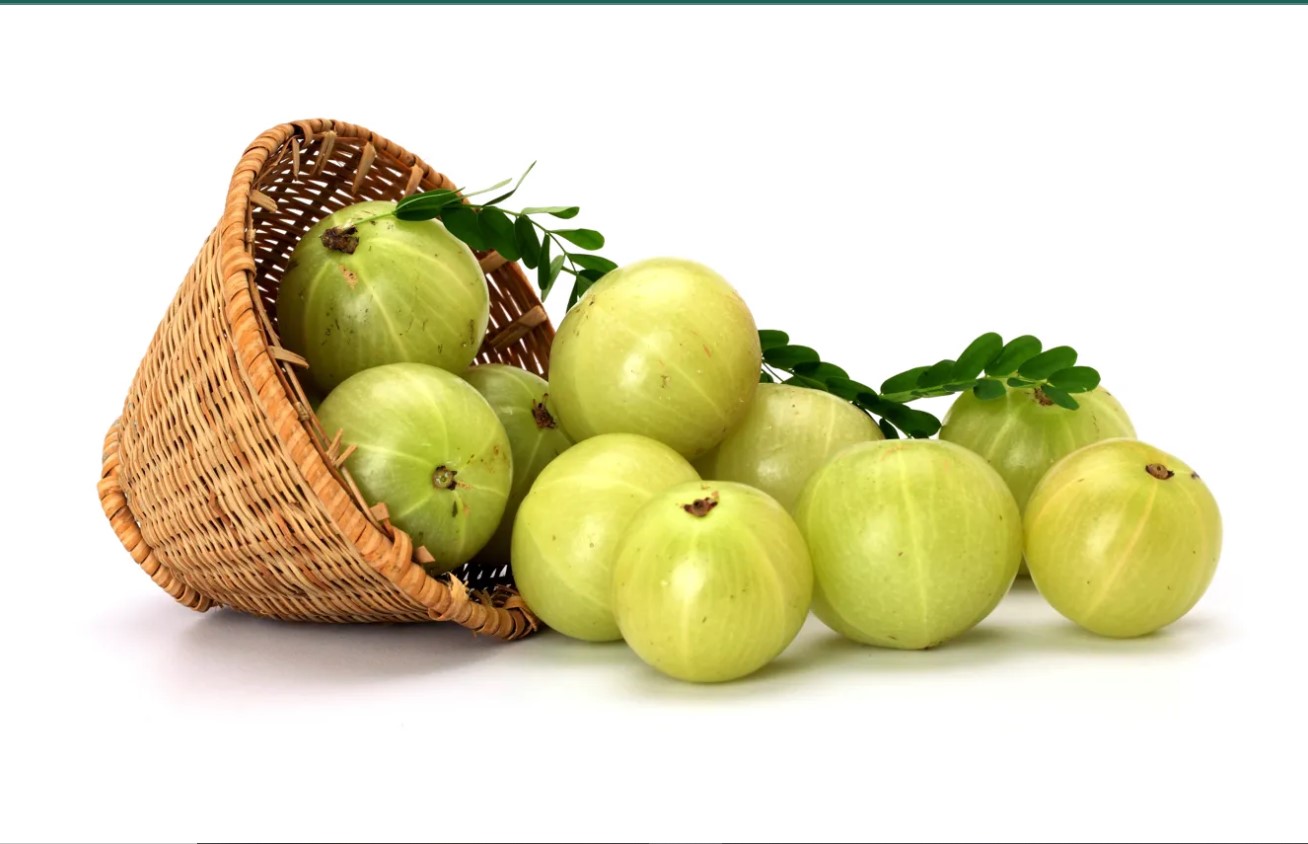
In a study by Chen et al., laboratory animals were induced with diabetes and were given Indian Gooseberry extract as treatment. Researchers revealed that no elevation of blood sugar level happened after glucose administration.
There was also no disturbance of lipid profiles among the models. High levels of antioxidants were also found in the body. Another study by Nampoothiri et al. found that Amla could lower the levels of the harmful cytokines associated with type 2 diabetes.
Lastly, when Indian Gooseberry is combined with another well-known Ayuverdic medicine known as Triphala, their effects become more potent in controlling and lowering the blood sugar levels among their models after just four hours of administration.
How Much Amla (Indian Gooseberry) Can I Take?
The recommended dosing of Indian Gooseberry depends on the form that users will take. It may come as a juice, powder, capsule, tablet, candy, or extract. Following the results of scientific studies, these are the dosing for Indian Gooseberries when taken by mouth as an extract:
- For continuous heartburn, 1 gram of Amla fruit extract may be taken twice every day for four weeks.
- For increased levels of cholesterol or triglycerides, half a gram of Indian Gooseberry fruit extract may be taken twice every day for twelve weeks.
What Are Its Side Effects of Amla (Indian Gooseberry)?
When Indian Gooseberries are taken by mouth, it is possibly safe if the dose will not exceed more than 1 gram daily. According to Ayurvedic healing medicine, Indian Gooseberry may be linked remotely to liver damage if taken excessively. However, it is not yet proven if the liver damage is caused by Amla alone or whether in combination with other compounds. The following are some precautions when taking Indian Gooseberry:
- Some people with circulatory problems may have an increased risk of bleeding. In connection with this, Indian Gooseberry should be avoided before, during, and after surgeries.
- Amla juice may cause skin dryness to some users.
- This medicinal plant should not be used during coughing episodes of users.
- Diabetic users should take this medicinal plant following the proper dosing as Indian Gooseberry may drastically lower the blood sugar level. That is why dosing of amla in SugarMD Advanced Glucose Support is strategically chosen to avoid significant side effects.
What Happens if You Eat Amla (Indian Gooseberry) Daily?
Extensive researches about Indian Gooseberry's benefits in one's health reveals a lot of potentials. Indian Gooseberry is said to help patients diagnosed with diabetes, liver diseases, malignancies, circulatory problems, and immune system disorders.
Aside from these benefits, one of the most notable characteristics of Indian Gooseberry is its antioxidant properties. SugarMD Advanced Glucose Support contains plenty of amla in its formula to cover all of these benefits.
Indian Gooseberry as an Antioxidant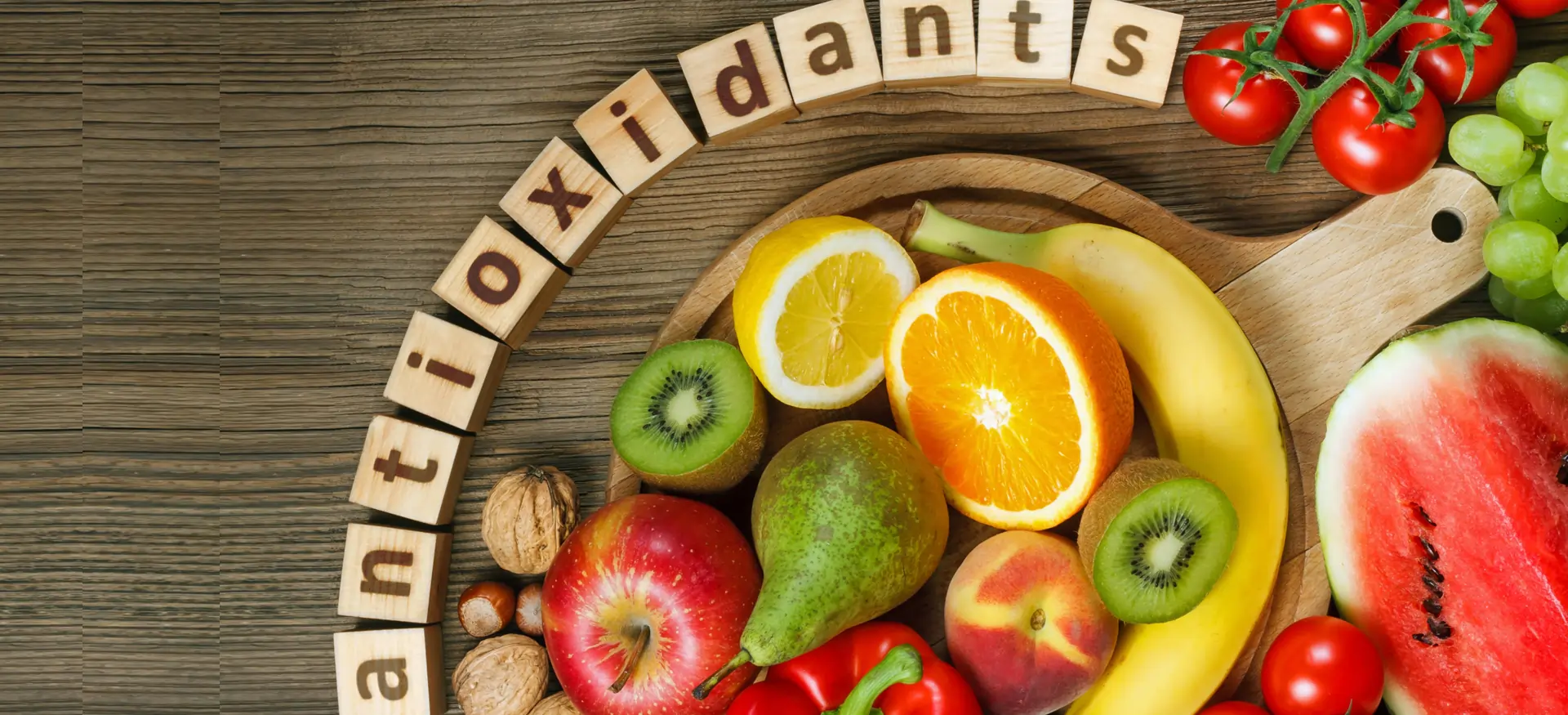

Indian gooseberry or amla can work an anti-oxidant
This medicinal plant has a significant level of antioxidants. Since Indian Gooseberries belong to a rare species of "super berries," and its antioxidant properties are beneficial, it significantly contributes to helping different disorders. According to studies, Indian Gooseberries contain different compounds such as alkaloids, phenols, and tannins.
These compounds can fight a broad range of reactive oxygen species that damage the body and different bodily reactions. Since diabetes is an inflammatory condition due to oxidative damage, amla/Indian gooseberry can help diabetes control.
Among the screening tests done in Indian Gooseberry, results revealed its potent antioxidant properties. A study by Niwano et al. that involved a thousand herbs revealed that Indian Gooseberries belong to the top four plants with high free radical elimination capacity.
Another study by Kusirin et al. revealed that among 30 different Thai plants used to treat diabetes, five of those plants have potent antioxidant properties. Among those plants, Amla has the most powerful antioxidant activity.
The study also revealed that Indian Gooseberry contains the highest amount of polyphenol and tannin. Indian Gooseberry also protects the liver against oxidative damage (Damodara Reddy et al., 2011). Alcohol-induced liver injury is hastened because of the oxidative stress present in the body.
Because of the antioxidant properties, Amla offers reactive oxygen species that cause oxidative damage that can be alleviated. Several hundred studies about Indian Gooseberry have established that another critical factor for this plant's potent antioxidant properties is the high levels of ascorbic acid it contains. This berry is considered the best source of ascorbic acid from mother nature.
Indian Gooseberry/Amla is an Anti-Inflammatory Plant
Since Indian Gooseberry has been used in traditional Ayurvedic healing rituals for many centuries, it has proved its use in many different conditions. One of the most common uses of this plant is for the control of inflammation. Amla has been used in numerous inflammatory diseases.
A study by Rao et al. evaluated the anti-inflammatory properties of Indian Gooseberry extract. When given by mouth at a dosage of 500mg/kg body weight, it can significantly lower cytokine levels such as TNF-a and IL-6 that causes inflammation in the body. This proves Amla as beneficial to individuals with inflammatory disorders.
Indian Gooseberry is an Antidepressant
The extract of Indian Gooseberry may potentially have an antidepressant property (Dhingra et al., 2011). Their study revealed that this fruit extract could be compared to two potent antidepressants – phenelzine and fluoxetine.
The researchers found that Amla may be used as an antidepressant because of its ability to inhibit neurotransmitters monoamine oxidase A (MAO-A) and gamma-aminobutyric acid (GABA). This effect may also be associated with the fruit's antioxidant properties.
Amla is an Anti-Neoplastic/Anti Cancer
Aside from the abovementioned properties of Indian Gooseberry, Dr. Baliga also noted the results of preclinical studies that prove this plant also has anti-neoplastic and cytoprotective properties. Many studies have revealed that Amla reduced the cytotoxic effects of malignancies from the carcinogens.
A 2009 study by Yang et al. found that pyrogallol, a potent compound present in Indian Gooseberry, can potentially halt the proliferation of cancer cells in lung cancer. Studies using mice as models were used to prove its antiproliferative effects, and after the researchers gave the models pyrogallol, the tumor cells decreased in size.
In conclusion, the researchers stated that Amla has a great potential to be developed as an anti-neoplastic medication in the future. According to Jeena et al., Amla extracts may also be used in cases of hepatic malignancies.
After researchers induced liver cancer in their models, different extracts were administered to determine which can alleviate cancer. The liver injury markers were observed, along with the cancer markers and enzymes. Among the extracts, Amla was found to protect the liver against carcinogenesis.
Indian Gooseberry is an Anti-Lipidemic/Anti Cholesterol
A clinical study by Gopa et al. tested the lipid-lowering properties of Amla. The results revealed a decrease in total cholesterol, triglycerides, and low-density lipoprotein (LDL). On the other hand, researchers noted increased levels of high-density lipoproteins. For 42 days, the researchers provided 500 mg capsules of Indian Gooseberry per day.
The researchers also stated that Indian Gooseberry produced the same effects in the lipid profile as simvastatin, a known anti-lipidemic drug widely available. Another study by Antoni et al. revealed that the ability of Indian Gooseberry to reverse the high lipid profiles and formation of atheromatous plaques were achieved because of numerous factors. This may include its antioxidant properties and its ability to decrease cholesterol synthesis by inhibiting certain activities.
Conclusion
Indian Gooseberry or Amla is indeed a powerful fruit that is deemed beneficial for various disorders and conditions. Among hundreds of studies, Indian Gooseberry may be used as an anti-oxidant, anti-diabetic, antidepressant, anti-lipidemic, anti-neoplastic, and anti-inflammatory.
However, individuals must always be cautious in taking supplements containing Amla for themselves. It is always best to consult your doctor for the best advice!
AHMET ERGIN, MD, FACE, CDCES, ECNU ENDOCRINOLOGIST REFERENCES: JOURNALS: Antony, B & Merina, B & Varghese, Sheeba & Jk, Mukkadan. (2006). Effect of standardized Amla extract on atherosclerosis and dyslipidemia.
Indian Journal of Pharmaceutical Sciences. 68. 10.4103/0250-474X.27814. Chen TS, Liou SY, Wu HC, Tsai FJ, Tsai CH, Huang CY, Chang YL. Efficacy of epigallocatechin-3-gallate and Amla(Emblica officinalis) extract for the treatment of diabetic-uremic patients Med Food. 2011 Jul-Aug;14(7-8):718-23.. PMID: 21631363 Damodara Reddy V, Padmavathi P, Gopi S, Paramahamsa M, Varadacharyulu NCh Protective Effect of Emblica officinalis Against Alcohol-Induced Hepatic Injury by Ameliorating Oxidative Stress in Rats.
Pharm Biol. 2011 Nov;49(11):1128-36. PMID: 21966117 Dhingra D, Joshi P, Gupta A, Chhillar RCNS Neurosci Ther. 2011 Jun 7. doi: 10.1111/j.1755-5949.2011.00256.x. [Epub ahead of print] Possible Involvement of Monoaminergic Neurotransmission in Antidepressant-like activity of Emblica officinalis Fruits in Mice.
PMID: 22070517 Gopa, B., Bhatt, J., & Hemavathi, K. G. (2012). A comparative clinical study of hypolipidemic efficacy of Amla (Emblica officinalis) with 3-hydroxy-3-methylglutaryl-coenzyme-A reductase inhibitor simvastatin. Indian journal of pharmacology, 44(2), 238–242.
https://doi.org/10.4103/0253-7613.93857 Jeena KJ, Joy KL, Kuttan R. Effect of Emblica officinalis, Phyllanthus amarus and Picrorrhiza kurroa on N-nitrosodiethylamine induced hepatocarcinogenesis Cancer Lett. 1999 Feb 8;136(1):11-6. PMID: 10211933 Kusirisin W, Srichairatanakool S, Lerttrakarnnon P, Lailerd N, Suttajit M, Jaikang C, Chaiyasut C. Antioxidative activity, polyphenolic content and anti-glycation effect of some Thai medicinal plants traditionally used in diabetic patients. Med Chem. 2009 Mar;5(2):139-47.
PMID: 19275712 Nampoothiri SV, Prathapan A, Cherian OL, Raghu KG, Venugopalan VV, Sundaresan A. In vitro antioxidant and inhibitory potential of Terminalia bellerica and Emblica officinalis fruits against LDL oxidation and key enzymes linked to type 2 diabetes.Food Chem Toxicol. 2011 Jan;49(1):125-31.
PMID: 22070517 Niwano Y, Saito K, Yoshizaki F, Kohno M, Ozawa T. Extensive screening for herbal extracts with potent antioxidant properties. J Clin Biochem Nutr. 2011 Jan;48(1):78-84.
PMID: 21297917 Rao TP, Okamoto T, Akita N, Hayashi T, Kato-Yasuda N, Suzuki K. Amla (Emblica officinalis Gaertn.) extract inhibits lipopolysaccharide-induced procoagulant and pro-inflammatory factors in cultured vascular endothelial cells. Br J Nutr. 2013 Dec;110(12):2201-6. doi: 10.1017/S0007114513001669. Epub 2013 Jun 7.
PMID: 23742702. Yang CJ, Wang CS, Hung JY, Huang HW, Chia YC, Wang PH, Weng CF, Huang MS. Pyrogallol induces G2-M arrest in human lung cancer cells and inhibits tumor growth in an animal model. Lung Cancer. 2009 Nov;66(2):162-8. PMID: 19233505
Written By Dr. Ahmet Ergin
460 total articles
Meet Dr. Ahmet Ergin, a highly skilled and dedicated endocrinologist with a passion for diabetes care. Dr. Ergin earned his medical degree with honors from Marmara University in Istanbul. He completed internal medicine residency and endocrinology fellowship at Cleveland Clinic. Dr. Ergin is board-certified in Internal Medicine, Endocrinology, Diabetes, and Metabolism due to his vast medical expertise. He's a certified diabetes educator, author of “The Ultimate Diabetes Book,” and founder of “the SugarMD YouTube channel.” Dr. Ergin offers exceptional diabetes care to his patients in Port Saint Lucie, FL, helping them manage effectively. For a closer look into his insights and experiences, connect with Dr. Ahmet Ergin on LinkedIn, Instagram, and YouTube.”
Disclaimer: These statements have not been evaluated by the Food and Drug Administration. Information on this website isn't intended to treat, cure or prevent any disease. Discuss with your doctor and do not self-treat.
Products









